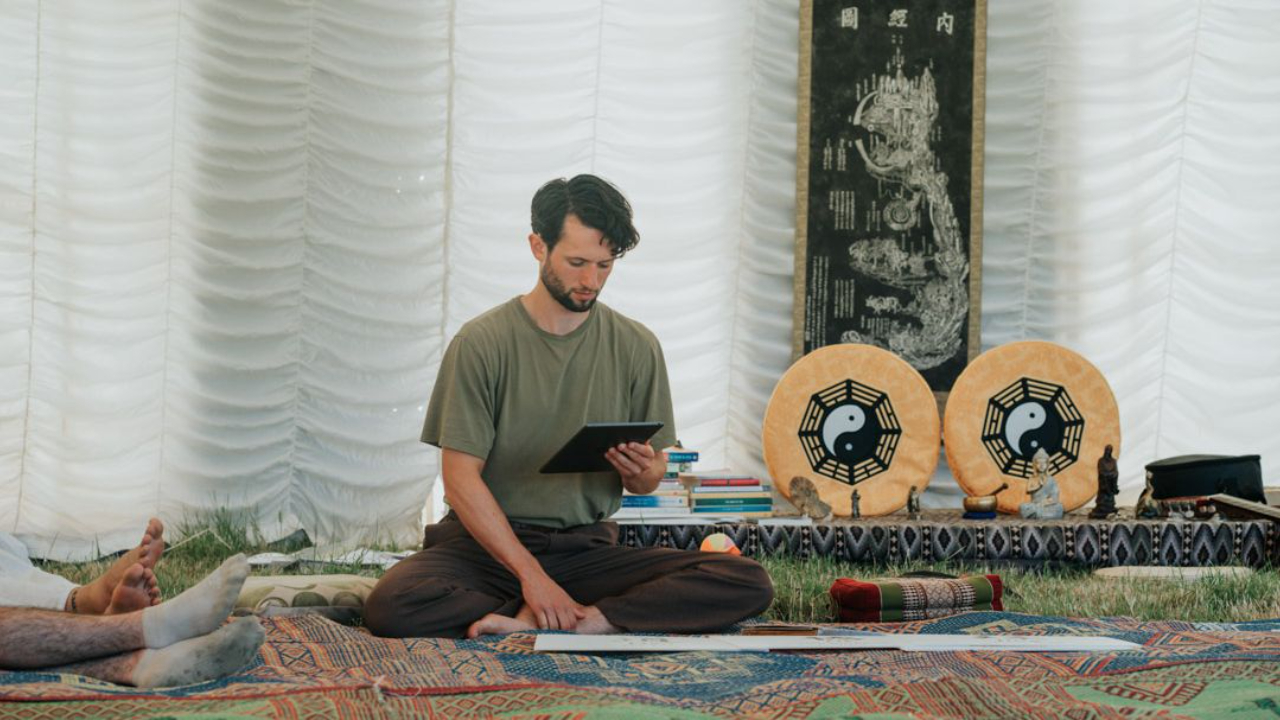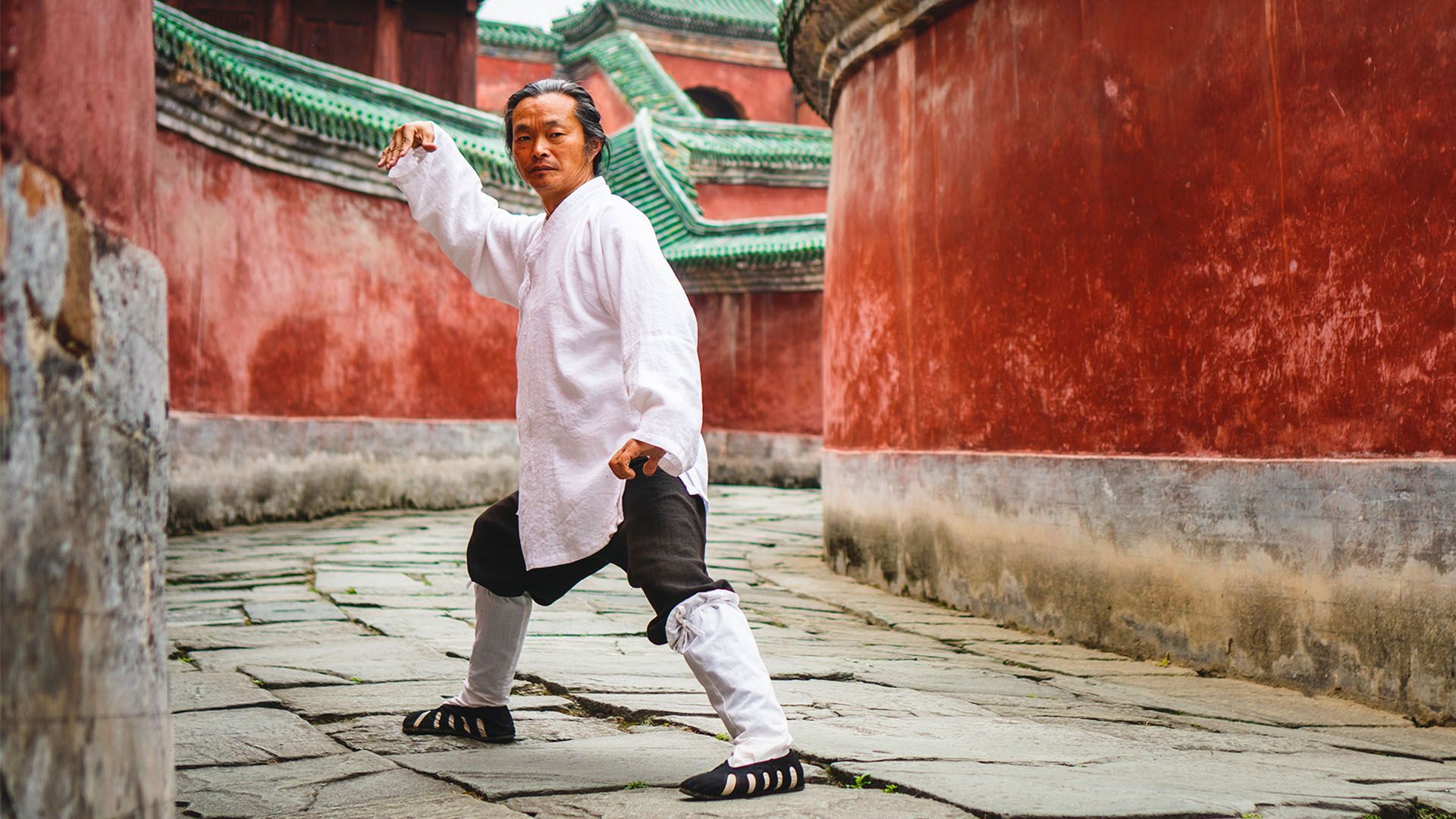Mastering the Muay Thai Stance
Jun 02, 2024
Mastering the Muay Thai stance is challenging for many practitioners, incorrect stances often lead to ineffective strikes and poor defense. Proper foot positioning and weight distribution are crucial. Muay Thai combines elements of boxing, footwork, and clinch techniques. By mastering the basics, fighters can improve their balance and power. This guide provides detailed insights into perfecting your stance, footwork, and overall technique in Muay Thai.
Table of Contents
The Importance of a Strong Stance
Foundation of Technique:
A strong stance forms the foundation of every effective Muay Thai fighter's technique. Proper footwork and balance are essential for executing powerful punches and kicks. The traditional Muay Thai stance, with the feet shoulder-width apart, allows fighters to maintain stability and mobility. Whether right-handed or left-handed, a well-established stance ensures that movements are efficient and precise. Muay Thai fighters emphasize the importance of a solid stance, integrating foot positioning and weight distribution into their training routines. Practicing consistently helps to build a robust foundation, which is crucial for mastering the art of Muay Thai.
Balance and Stability:
Maintaining balance and stability is vital for a Muay Thai fighter's success in both offense and defense. Proper weight distribution between the lead foot and rear foot allows for swift movements and powerful strikes. A traditional Thai stance keeps fighters grounded, enabling quick transitions between attacks and defenses. The position of the feet, whether square or slightly angled, contributes to maintaining equilibrium. Effective use of the elbow and clinch techniques relies heavily on a stable stance. Regular practice of footwork drills helps in achieving optimal balance, enhancing overall performance in the ring.
Key Elements of the Muay Thai Stance
Foot Positioning:
The Muay Thai stance requires careful foot positioning for stability and power. The rear foot should be slightly angled outward, with the lead foot pointing forward. The distance between the feet should be approximately shoulder width apart, providing a solid base.
Traditional Muay Thai footwork emphasizes balance and mobility, allowing fighters to quickly advance or retreat. Both the front foot and rear foot should remain light, ready to pivot or shift as needed.
Proper foot positioning enhances the ability to deliver powerful punches and teeps while maintaining defensive readiness.
Weight Distribution:
Proper weight distribution is crucial in the Muay Thai stance, ensuring balance and power. Fighters should keep their weight evenly distributed between the front and rear feet. This balance allows for quick transitions between offensive and defensive movements.
Right-handed fighters, or orthodox, often place slightly more weight on the rear foot to prepare for powerful punches and kicks. Conversely, left-handed fighters, or southpaws, might adjust their stance accordingly.
Maintaining this balance prevents it from becoming off-balance during a clinch or when executing traditional Muay Thai techniques.
Hand Placement:
Hand placement in the Muay Thai stance is essential for effective defense and offense. Fighters should keep their hands at cheek level, with the palms facing inward, ready to block or parry strikes. The elbows should remain close to the body, protecting the ribs and allowing for quick elbow strikes.
Proper hand placement also facilitates powerful punches and efficient clinching techniques. Traditional Muay Thai fighters emphasize maintaining a high guard to defend against punches and elbows, while also being ready to strike or counterattack at any moment.
Footwork in Muay Thai
- Basic Movements: In Muay Thai, basic footwork includes maintaining a proper stance. Ensure your feet are shoulder-width apart. Keep the rear foot slightly raised, and distribute weight evenly. This stance provides balance and mobility, allowing fighters to react swiftly.
- Advancing and Retreating: Advancing involves stepping forward with the lead foot, followed by the rear foot. Retreating reverses this process, stepping back with the rear foot first. These movements enable Muay Thai fighters to control distance, staying in range to punch or defend effectively.
- Circling and Angling: Circling requires moving sideways, and maintaining the same stance and balance. Angling involves pivoting on the lead foot to create new attack angles. These techniques help fighters avoid attacks and position themselves for counter-attacks.
Orthodox vs Southpaw Stance: 5 Key Differences
|
Orthodox Stance
|
Southpaw Stance
|
|---|---|
| 1. The left foot leads in the orthodox stance, guiding movements and setting up attacks. | 1. The right foot leads in the southpaw stance, which confuses orthodox fighters. |
| 2. Power punches come from the right side, delivering strong hooks and crosses. | 2. Power punches are delivered from the left side, often surprising orthodox opponents. |
| 3. Commonly used in western boxing and by right-handed fighters for traditional reasons. | 3. It is frequently used by left-handed fighters and in Muay Thai for its tactical advantages. |
| 4. Emphasis on blocking and countering with the rear hand and shoulder. | 4. Focus on avoiding and countering attacks with swift movements and angles. |
| 5. Movement involves keeping the left foot forward and the right foot slightly back. | 5. Requires right foot forward and left foot back, altering the movement patterns. |
| 6. Attacks are launched from more conventional angles, making them often easier to predict. | 6. Strikes come from unusual angles, making it difficult for orthodox fighters to defend. |
Also Read: Muay Thai vs Kickboxing
Perfecting Your Muay Thai Fighting Stance
Perfecting your Muay Thai fighting stance involves mastering balance, foot positioning, and weight distribution. Ensure your feet are shoulder-width apart, with the right foot slightly back. Keep your weight evenly distributed to allow quick movements. The stance allows for both attack and defense, which is crucial in combat sports. Practice your Muay Thai stance regularly to become light on your feet and improve your ability to move around the ring. Muay Thai practitioners must focus on footwork, as it sets up attacks and checks incoming kicks. Remember, a solid stance is your first line of defense against opponents.
Conclusion
The Muay Thai stance is crucial for every practitioner. This stance allows for quick movement and effective attacks. By maintaining a proper stance, weight distribution remains balanced. This enhances the ability to move and defend against incoming kicks and strikes. Practicing footwork in Muay Thai ensures fighters remain light on their feet and ready for any situation. Remember, the stance is the first line of defense and the setup for successful attacks. How do you integrate your stance practice into your daily training routine?







